Exploring the Hidden Beauty of Herefordshire: A Journey Through Englishness
As I make my way back home from a day of cycling, I learn that the picturesque village of Bibury in the Cotswolds has postponed plans for a new parking facility that would accommodate 130 cars and 10 coaches. Each weekend, the village draws around 20,000 visitors. According to a local resident speaking on BBC Radio Gloucestershire, there is a strong desire to manage the challenges posed by overtourism. The reason for the village’s popularity? Social media has dubbed it an emblem of idyllic English countryside, although I can’t help but think they might be looking in the wrong direction.
I’ve just returned from the true heart of pastoral England, having spent two days cycling through an area rarely seen by coach tours, characterized by rolling hills, quaint farms, and peaceful villages. This region, far beyond the Cotswolds, where the spirit of William Blake feels omnipresent, is Herefordshire, which welcomed 5.87 million visitors in 2023 compared to the 35 million flocking to the Cotswolds.
My initial purpose wasn’t to delve into the essence of English culture; I came primarily to enjoy cycling. In early May, White Heron, a collection of upscale farm accommodations, began offering guided bike tours on the estate belonging to the Hilditch family, located about 20 miles northwest of Hereford.
“There’s excellent cycling around Ludlow and Hereford, but not many discover this area,” Gio Hilditch, Jo’s husband and manager of the farm, explains as I arrive. “This area is known as the Welsh Marches,” he adds, describing a landscape he has explored for three decades with fellow cycling enthusiasts.

Don’t worry; this journey isn’t just about plodding along back roads. For starters, we’ll be riding electric bikes (Ridgeback X2 hybrids, perfect for cycling aficionados). The tour is designed as a leisurely excursion, covering only 30 miles over the two days, with the objective of showcasing this often-overlooked region.
Before we set off, Jo takes pride in showing off her expansive estate. It’s easy to see why; as a fourth-generation farmer managing 700 acres descended from a pioneer of Hereford cattle breeding, she is eager to share what makes this area special. Pedaling through the estate on a tranquil evening, I learn about sustainable poultry farming (did you know chicken manure alone can power three 600kW boilers?) and the details behind cultivating blackcurrants, all of which end up in Ribena.
Paddling through blossom-laden apple avenues evokes memories of weddings. The soft cooing of wood pigeons and the rustling of pheasants in hedgerows create an atmosphere of serene enchantment as the sun sinks below the horizon.
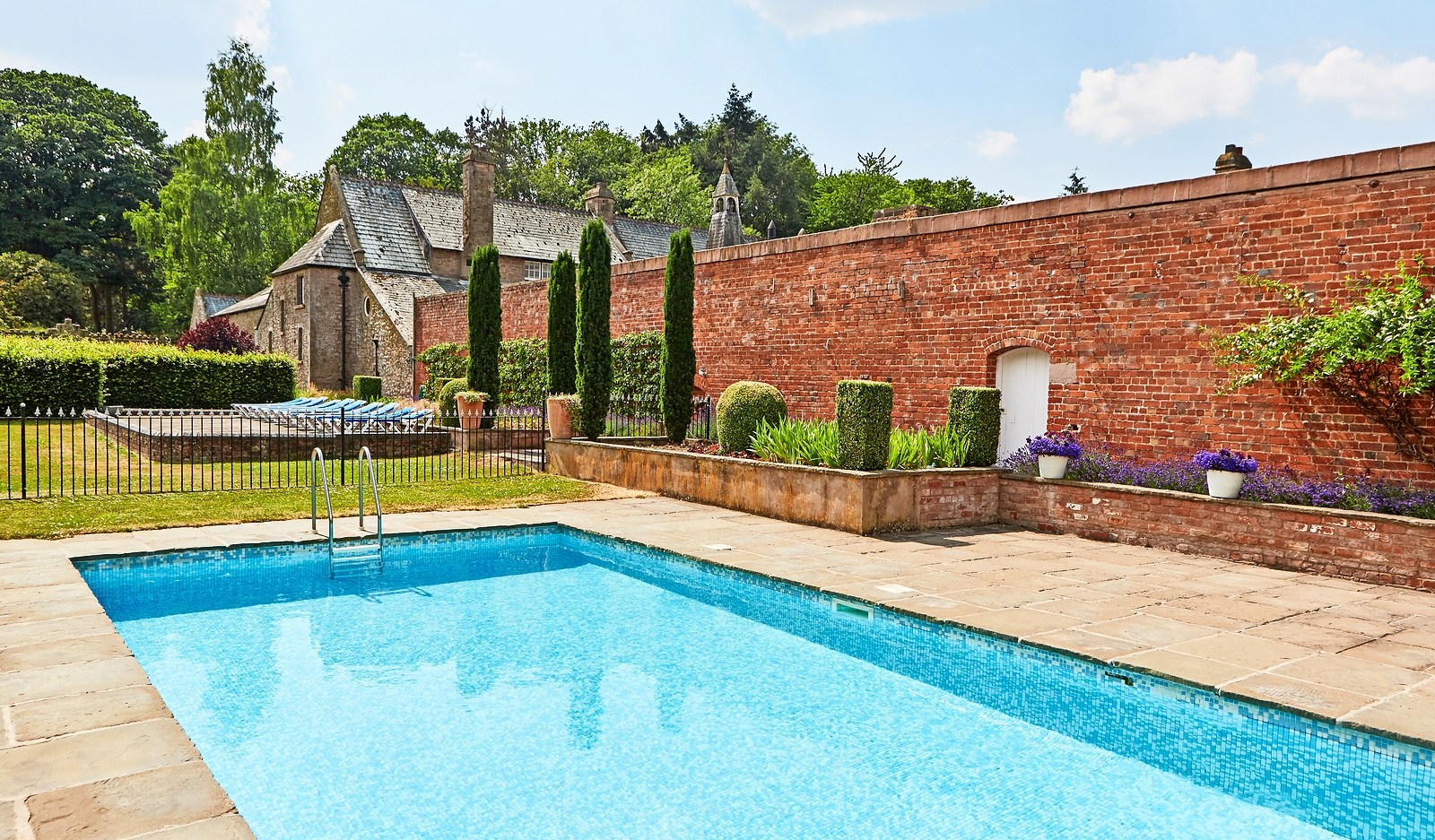
The following morning, under Jo and Gio’s guidance, our group of five, consisting of two avid cyclists and three more leisurely riders, sets forth. From the beginning, the experience is delightful. With cow parsley and bluebells lining the lanes, we cycle side by side until reaching the town of Kington, where charming streets feature a butcher in a blue apron artfully presenting sausages in the window and a hint of patchouli perfume fills the air — a sign of the area’s unique blend of traditional farmers and alternative lifestyle seekers.
What connects these diverse groups is a shared appreciation for this scenic countryside. Just outside Kington, we ride along the crest of the Marches. The Offa’s Dyke Path offers breathtaking panoramic views, with hills fading into a blue-grey mist in the distance. The melody of a skylark fills the air, and during our pause, the absence of engine noise enhances the sense of privilege we feel being here.
Denys Corbett Wilson would know this view, though the modern tranquility would surprise him. In 1912, he bet Damer Leslie Allen on who would be the first to fly from England to Ireland, soaring over Hergest Ridge before making an emergency landing at the now-Powys hamlet of Colva due to engine issues. After waiting for his mechanic, he continued to Wexford, five days later. Allen, meanwhile, vanished after crossing at Holyhead.
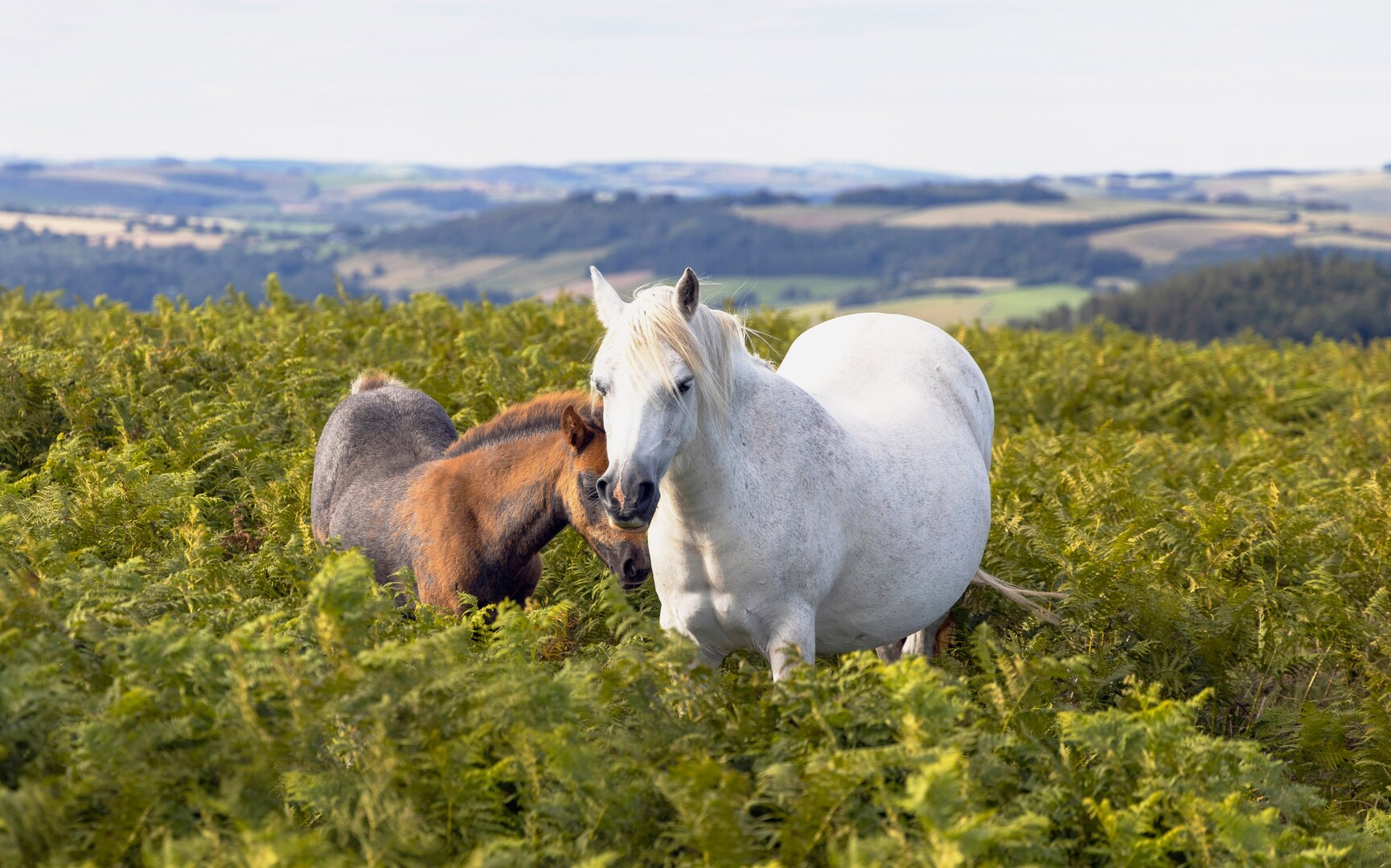
Forty years earlier, country diarist Francis Kilvert took a stroll near Colva. Armed with snacks and a flask of wine, he visited a “poor humble dear little whitewashed church” nestled among ancient yews. We follow his route and find historian Joe Kerr (who knows all the jokes) outside St David’s Church: “This structure, thought to be 13th century, was possibly founded by the saint himself,” he explains. The church at Glascwm, just six miles away, likely replaced an earlier Celtic edifice. “This feels like a site that has been in use for centuries.”
Crossing into Wales, we find ourselves enveloped by Celtic enchantment. St Peter’s Church in Bryngwyn boasts kneelers adorned with otters and plough horses, while a prehistoric standing stone bears crosses from a bygone era, all set against a symphony of bird songs.
We continue through winding lanes, crossing the River Arrow on charming bridges reminiscent of childhood stories, back into England toward a farmyard where a rooster scurries into a hay barn. Behind a red-brick wall, we discover a slice of paradise: a hammock sways in a small orchard while swallows swoop overhead, and the Wye Valley unfurls its lush vistas. Corisande Albert and her partner, Angus Grahame, greet us with glasses of refreshing pear cider.
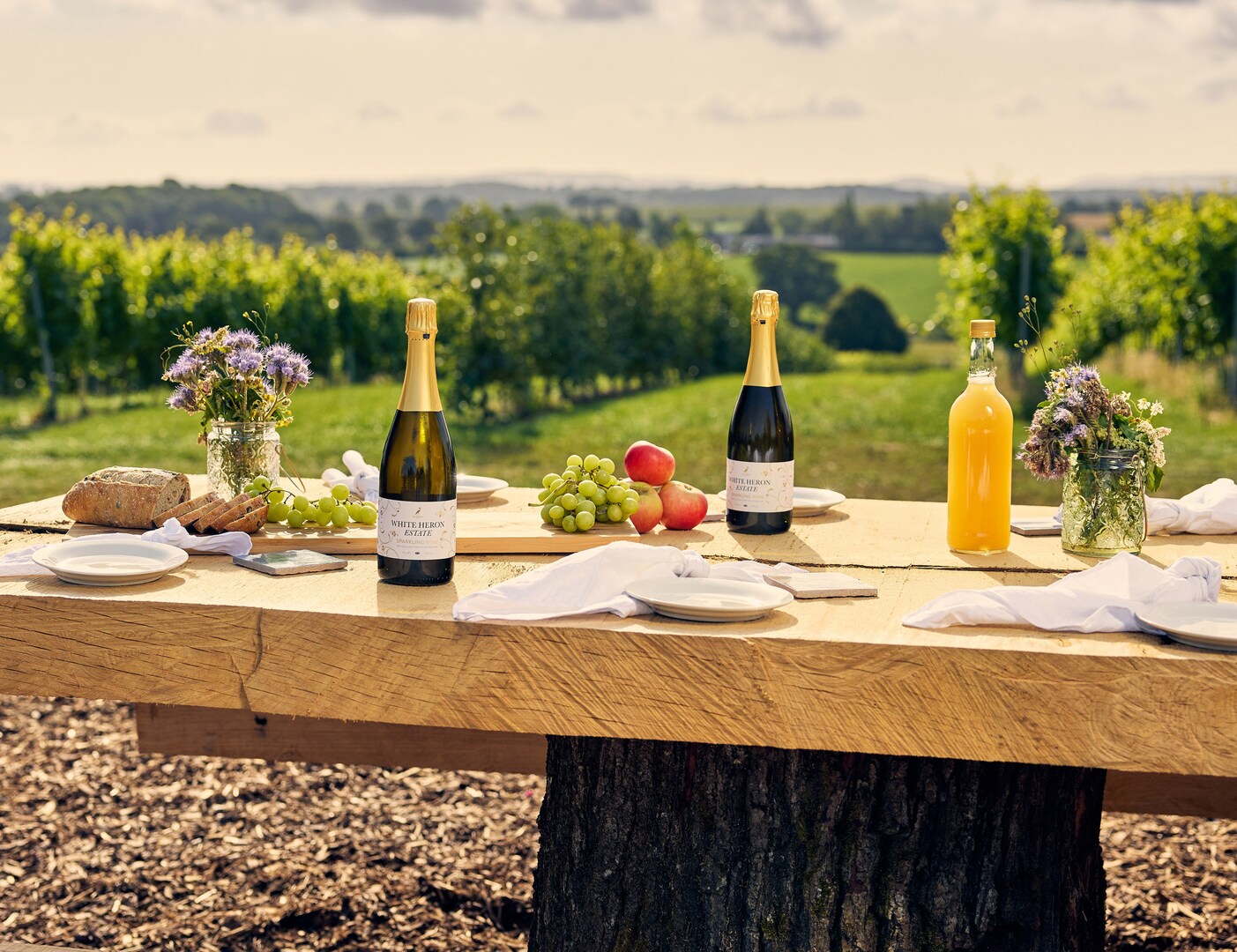
The couple, owners of the Cabalva perry estate, aspire to revive an once-popular beverage. According to Grahame, perry farmers have long used the champagne method since before it was fashionable, stating that “every farm once boasted a little orchard for perry.” Their aim is to make perry accessible again. It’s surprisingly drinkable, being only half the power of wine, making it an excellent summer refreshment — a reminder of how easily we overlook our own traditions.
Might it be the cider or the delightful lunch we shared outdoors on plates from Albert’s kitchen? Or the stunning scenery? Either way, this seems to epitomize the ideal British lifestyle.
Gio’s mention of “Kill Pitch” dampens the mood a bit. Located just past Hay-on-Wye (known for its charming bookshops and a famous ice cream shop), it features a steep incline that has me crank up the electric bike’s power to the max and glide effortlessly up the hill. Sitting on the terrace of a spacious safari tent at Drovers Rest, I enjoy a rehydration beer that I may not fully deserve.
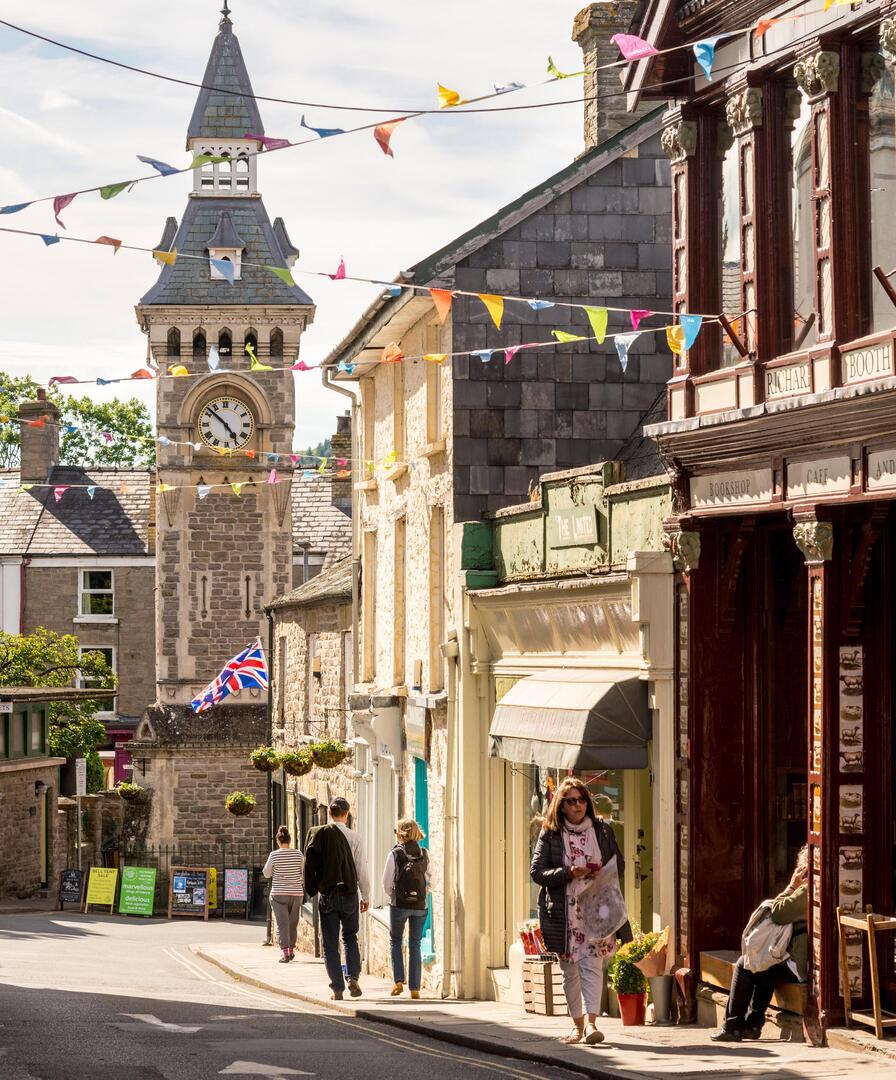
The following day is May Day. In the dim light of dawn, some of us pedal to Arthur’s Stone, an ancient Neolithic tomb perched high in the valley. A group of Morris dancers and a man dressed in leafy costumes greet the sunrise with melodies. Beneath the surface of Merrie England lies a rich seam of pagan heritage.
Who’s to argue with this tradition? Later that morning, the Golden Valley radiates under the warm glow of the sun, while the Skirrid, also known as Holy Mountain, rises dramatically over the surrounding hills. Such scenery inspires a sense of wonder.
The day unfolds with vibrant scenes: hills dotted with blooming apple trees, silver-green willows gracing the Wye during a refreshing dip at Bredwardine, and two elderly gentlemen in braces discussing a friend’s apple-growing in thick local accents: “It’s like a ewe and a lamb, see? The one always knows the other.”
We continue into Pembridge, moving behind the historic New Inn and into a picturesque cobbled square. A picnic bench is elegantly set with a white tablecloth, fine china, a tureen of soup, and a platter of venison pâté accompanied by sourdough bread. Our lunch has arrived.
Honestly, I hesitate to share this experience. Many of the moments we seek when traveling abroad are readily available in Herefordshire — not just breathtaking landscapes, but also rich regional cuisines and the harmony of life within timeless settings. Too often, we overlook at home what we would celebrate elsewhere. Who would have thought that all it took to discover this was a bicycle?
Each year, millions venture to the Cotswolds in search of similar experiences. Luckily, Herefordshire’s efforts at promoting tourism have yet to encompass large coach parking facilities.
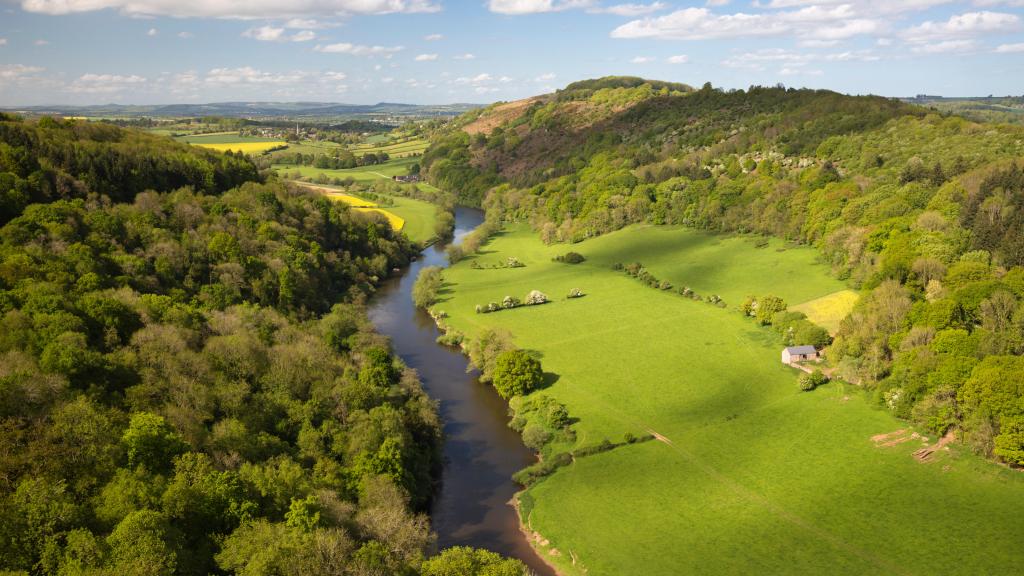

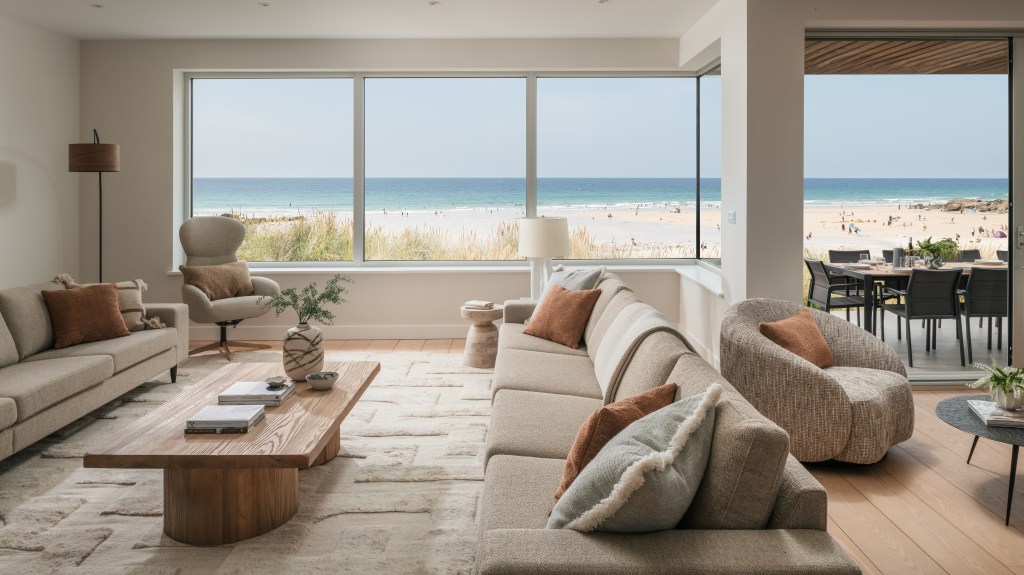
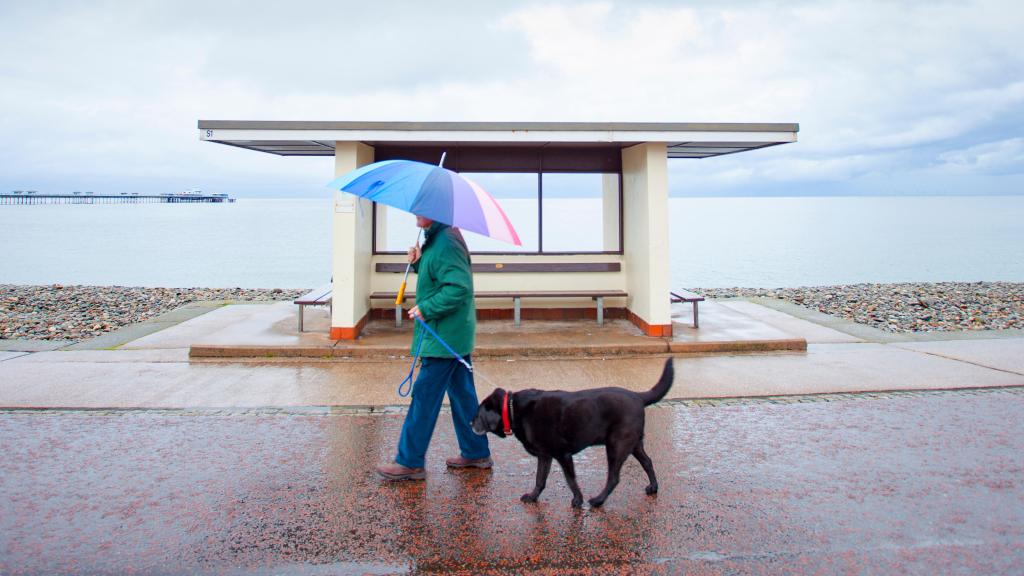
Post Comment